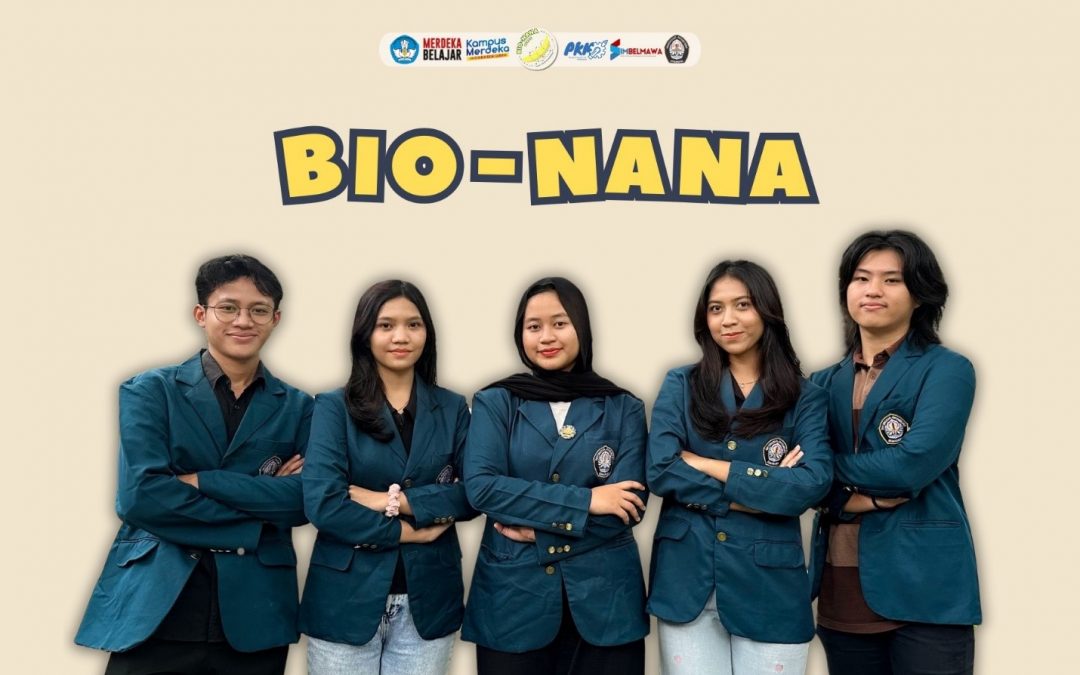As we know, primary microplastic is a type of microplastic which is generally made from polyethylene which is dangerous for the environment because it cannot decompose properly and becomes waste. Generally, microplastic waste is often found as exfoliating particles which can clean the skin and are made for cosmetic or body care purposes. In this case, the UNDIP PKM funding team, namely the BIO-NANA team headed by Reyna Zahwa Muji Martantri with members Anggita Martha Dewi, Cornellius Powellnandus Rongkang, Thariq Rifansyah, Xaviera Fidela Dianingratri, and under the guidance of Dr. Ir. Noer Abyor Handayani (Noera) S.T., M.T., IPM. innovated a new breakthrough to make bio-microbeads from alternative materials using environmentally friendly bio-polymers such as cellulose.
Jackfruit Banana Peel (Musa X paradisiaca) as a Solution
Jackfruit Banana Peel (Musa Cellulose is produced through a fermentation process using Acetobacter xylinum bacteria from nata products where the high carbohydrate (glucose) content is needed as a basic ingredient for making cellulose products. However, bio-cellulose does not have good antibacterial properties that can protect bio-microbeads well. So, in this research we will process jackfruit banana peels into bacterial cellulose as the main ingredient in making bio-microbeads and add antibacterials with high levels of natural compounds, namely flavonoids. The stem of the banana jackfruit plant itself contains high amounts of flavonoid compounds and is very suitable for use as an antibacterial in making bio-microbeads.
The bio-microbeads product from nata will later be synthesized by drying acid-treated BC using the freeze-drying method. This method is carried out by placing acid-treated BC into a freeze-dryer at –110°C and after that crushing it into the final product, namely powder. The following is product documentation.

